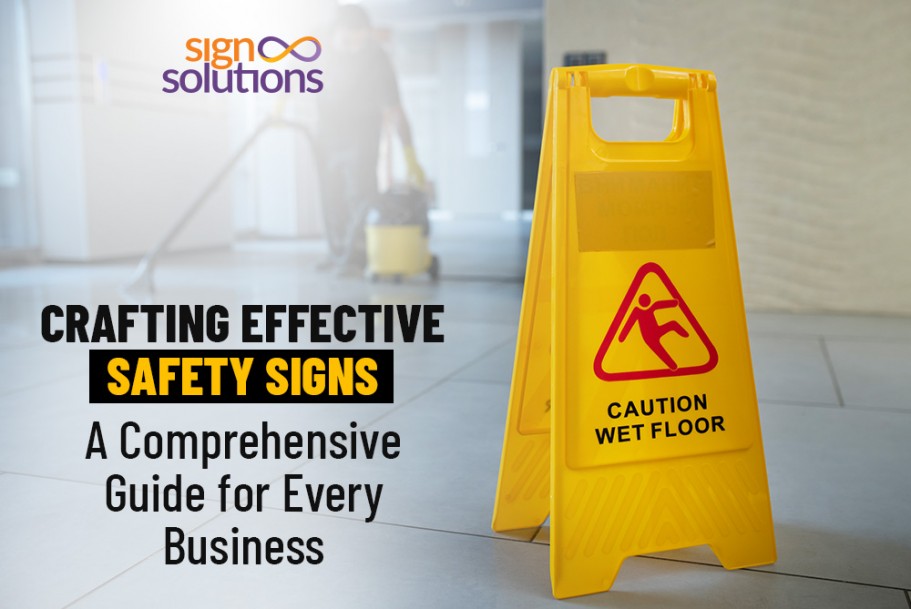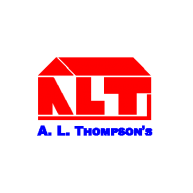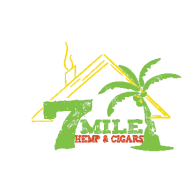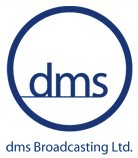Sign Solutions has been our "Go-To" source for all of our Corporate sign, banner and vehicle branding needs for years. Their team is always extremely responsive and their product quality is exceptional for the price. We highly recommend the services of the Sign Solutions!
Crafting Effective Safety Signs: A Comprehensive Guide for Every Business
Safety is important in any workplace. It does not just comply with regulations; it also helps ensure every employee's well-being. They play an essential role as a tool for maintaining safety and security in the work environment. They provide visual reminders, guiding employees and visitors through potential risks and necessary precautions.
Safety signs are not just the symbols hanging on the walls or the labels on random equipment. They are critical components of workplace safety protocols.
Let’s take an example of a construction site without warning signs. Many areas have high voltage and slippery surfaces, and if no sign depicts the severity, employees or visitors could encounter severe injuries or even fatalities. In short, safety signs are crucial in preventing such incidents by providing clear and concise warnings to those nearby.
We have gathered important data on safety signs' value, significance, and role in promoting workplace safety and practical insights for business owners, safety managers, or employees concerned about workplace safety.
The Role & Significance of Effective Safety Signs
Crafting effective safety signs goes beyond simply putting up generic warnings. It involves carefully considering factors such as clarity, visibility, and relevance to the workplace environment. Effective safety signs grab attention, share important information, and help everyone stay safe. They're a big part of ensuring safety in the organization.
How Safety Signs Enhance Awareness and Prevent Accidents
To raise awareness about safety, boards & signs are important in any workplace. They help everyone know what dangers are around and how to help others or themselves to escape that situation in case of emergency. The signs make it easier for people to stay safe by showing them what to watch out for and how to prevent hurting from external hurdles.
Moreover, safety signs help prevent accidents. They warn us about dangerous chemicals or slippery floors so we can steer clear and stay safe.
Various Types of Safety Signs Commonly Used in Businesses
Safety signs come in different types, and each has its job to help keep us safe at work. Some common types of safety signs include:
- Warning Signs: As the name suggests, warning signs make people aware of nearby danger. For example, these signs should be around high electricity, slippery floors, or tight spaces.
- Prohibition Signs: These signs are technically used to warn people about the restrictions around that space, like no smoking areas or private places we can't enter.
- Mandatory Signs: Such signs are safety indicators that tell us how to stay safe, i.e., wearing special gear like a mask or following certain rules like maintaining the queue.
- Emergency Signs: They familiarize us with the necessary actions to be taken during an emergency. These signs help us find important things kept around for our help while fighting against emergencies, like emergency exits, fire extinguishers, or places to get first aid.
Key Elements of Effective Safety Signs
Clear and Concise Messaging:
- Emphasize the importance of using simple language and universally recognized symbols.
- Use simple words and avoid complicated terms so everyone can understand them.
- Ensure the message is easily understood, regardless of language or literacy level.
Visibility and Placement:
- Consider factors such as lighting conditions, viewing distance, and potential obstructions.
- Position signs at eye level and locations easily visible to everyone.
- Ensure that signs are strategically placed for maximum impact and effectiveness.
Color Coding and Design:
- Explain the significance of color coding in conveying the severity of potential hazards and required actions.
- Pick colors like red for danger or stop and green for safety or first aid.
- Make signs look nice and catch people's eyes so they pay attention to the message.
Compliance with Regulations:
- Provide an overview of OSHA and ANSI standards for safety sign creation.
- Stress the importance of adhering to regulatory guidelines for content, design, and placement.
- Familiarize with regulatory standards to ensure the creation of effective and legally compliant safety signage.
Designing Safety Signs for Your Business
Assessing Workplace Hazards:
- Start by looking around your workplace carefully to find anything that could be dangerous.
- Think about machines, chemicals, electrical things, and your workplace area.
- Determine which areas require specific safety signs to communicate potential dangers and precautions effectively.
Customization Options:
- Explore various materials, sizes, and formats available for safety signs.
- Consider factors such as durability, visibility, and environmental conditions when selecting materials.
- Tailor the size and format of signs to suit your workplace's needs and layout.
Incorporating Branding:
- Talk about how it's a good idea to make safety signs look like they belong to your company.
- Consider putting your company's logo, colors, and writing style on the signs to make them easily recognizable.
- Make sure the signs look like they're from your company, but still make it easy for people to understand the safety message.
Utilizing Online Resources:
- Introduce the concept of safety sign shops and board creation services available online.
- Highlight the importance of finding a local provider for convenience and accessibility.
Tips for Crafting Engaging and Memorable Safety Signs
Adding Fun Elements:
- Think about fun ways to make safety signs stick in people's minds.
- Try using bright colors, fun pictures, or catchy phrases to get noticed.
- Use interactive features or gamification techniques to increase employee engagement with safety messages.
Using Humor Responsibly:
- Talk about how adding a bit of humor to safety signs can make them more friendly.
- But remind folks to keep it balanced. Too much joking around might make people forget how serious safety really is.
Incorporating Visuals:
- Stress the importance of using clear and relevant graphics to enhance understanding of safety messages.
- Pick pictures or symbols that clearly show what the sign is about and go along with the words.
- Make sure these pictures are easy for everyone to understand, no matter where they're from or their language.
Seeking Feedback:
- Ask your coworkers what they think about the safety signs.
- You can have meetings or send out surveys to get their opinions.
- Listen carefully to what they say and use their ideas to make the safety signs better for everyone.
Best Practices for Implementing Safety Signs in Your Workplace
Training and Education:
- Make sure everyone knows what the safety signs mean.
- Teach everyone in the company about the signs and what they must do when they see them.
- Explain how following safety signs helps keep everyone safe and encourages everyone to contribute to keeping the workplace safe.
Regular Maintenance and Updates:
- Talk about how to keep safety signs working well over time.
- Check the signs regularly to ensure they're clear and easy to see.
- If a sign looks worn out or hard to read, replace it immediately to keep everyone safe and following the rules.
Monitoring Effectiveness:
- Share ways to see if safety signs are helping keep the workplace safe.
- Look at things like how many accidents happen or if there are any close calls.
- Ask employees what they think about the signs to see if they work well.
- Adjust signage placement or content based on feedback and observations to optimize their impact on workplace safety.
Incorporating Safety Signs into Emergency Preparedness Plans:
- Ensure safety signs are part of your emergency plan so everyone knows what to do.
- These signs show where emergency exits are and where to find things like fire extinguishers.
- Practice what to do in emergencies so everyone knows where to go when they see these signs.
In conclusion, onboarding good safety signs is not only an initiative to keep employees under discipline to follow the rules; it's also a matter of fact that people should feel and stay safe while they are working at office premises. In this article, we've tried binding details like why safety signs matter, how to make them clear and interesting, and why they're essential for workplace safety in one book.
At Sign Solutions, we do not practice just bringing in leads or thinking about profits; we also believe in spreading awareness in society to keep human life safe and sound. You may not care about it since you are more focused on your work, but your near one definitely cares about you. You never know when emergencies come, but you should know that someone is waiting for you back home.
This is not just part of an employee’s responsibility; it also falls under a business’s liability to take care of its most important asset, human resources. To ensure they understand its value, every company should take care of things like using simple language, putting signs in the right spots, using colors wisely, and following the rules. They can make safety signs that tell everyone what dangers to watch out for and how to stay safe.
Additionally, when companies make safety signs fun and interesting with jokes or cool pictures, they can make them stick in people's minds better and get them to pay attention to safety rules. But it's important to be careful with this and ensure the fun stuff doesn't make the safety message less serious.
As a service provider, we understand the importance of safety in the workplace, which is why we offer tailored Sign Solutions to meet the unique needs of businesses in the Cayman Islands. From safety sign creation to installation, our team will handle everything for you. They are trained enough to dedicatedly ensure you get high-quality, visually appealing signs that effectively communicate with your employees. Connect with our consultants today to know more and see practical examples of how you can use the right signs for what purpose. Let’s make our workspace a safe place together.
Recent Blog
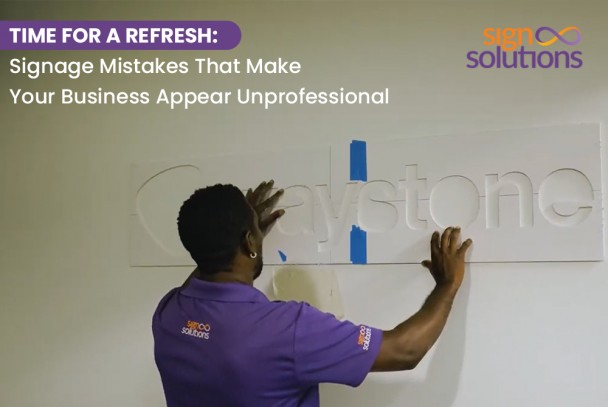
Time for a Refresh: Signage Mistakes That Make Your Business Appear Unprofessional
Ever thought why some advertisements always catch our attention and become a permanent resident of our memory, while others never appeal to us? The si...
Read More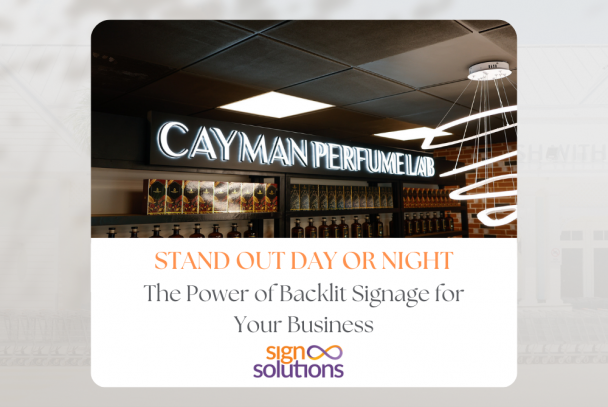
Stand Out Day or Night: The Power of Backlit Signage for Your Business
When seeing is believing, visibility goes beyond the basic conventions in spreading the awareness of your brand, far and wide. When a customer walks d...
Read More
Easy Ways to Create Stylish Interiors with Custom Signage
Imagine that you visit a store as a customer that houses various products. You enter the store and observe that the store only has products on display...
Read More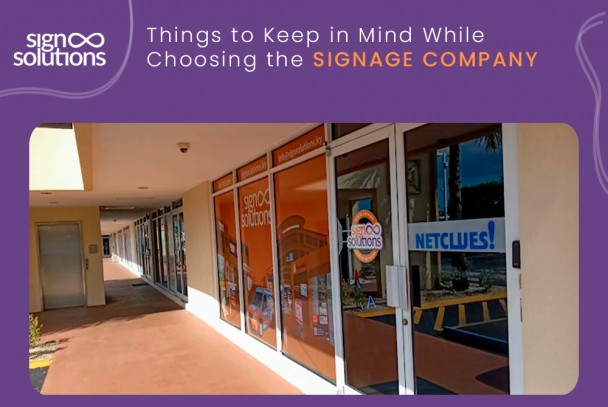
Things to Keep in Mind While Choosing the Signage Company
Would you prefer visiting a doctor to get your ailment diagnosed or simply consume a medicine suggested by a friend who doesn’t belong to the medica...
Read More
Designing Wayfinding & Safety Signs That Actually Work (A Complete Guide)
Ever visited a place for the first time and saw wayfinding signs at various locations, corners, and departments to help you reach the next destination...
Read More
